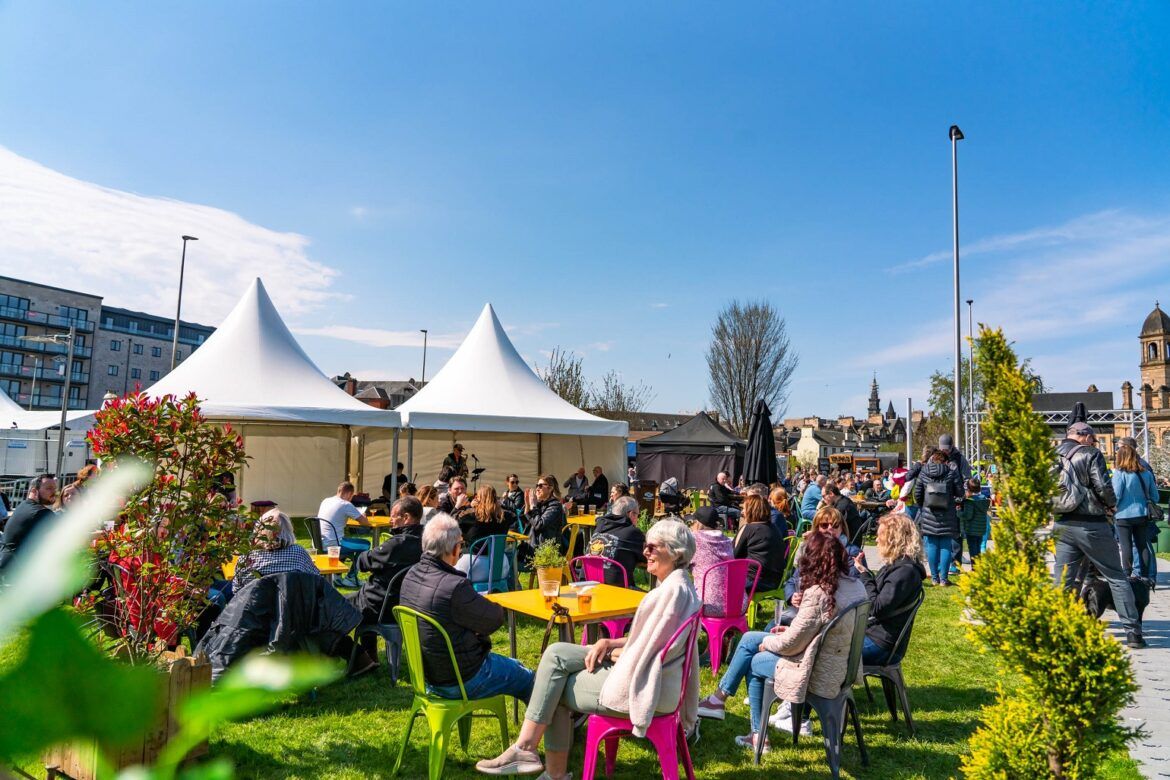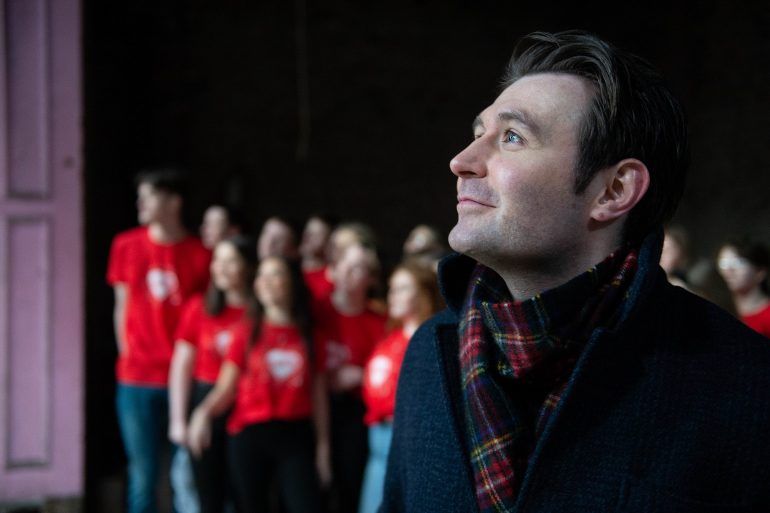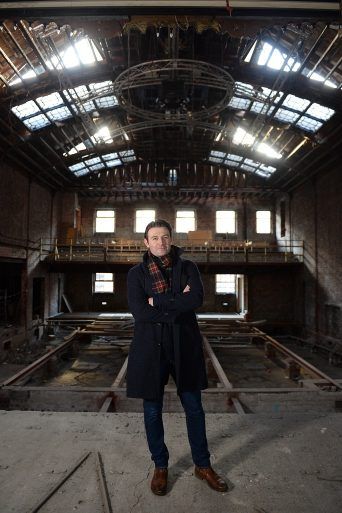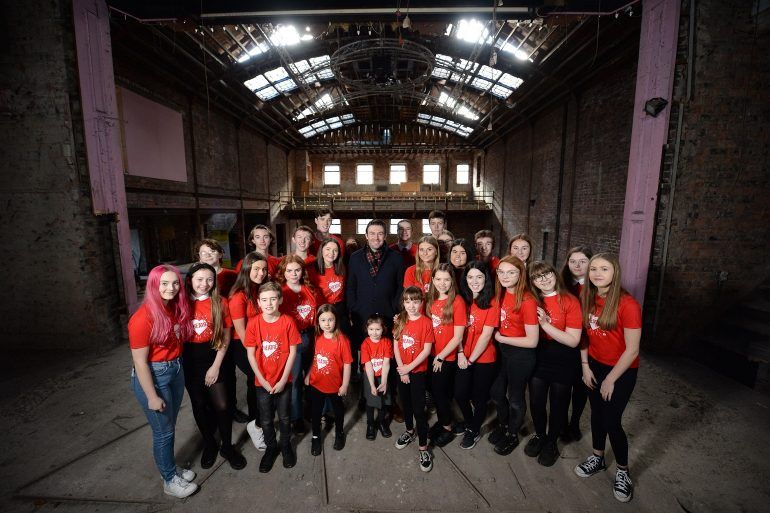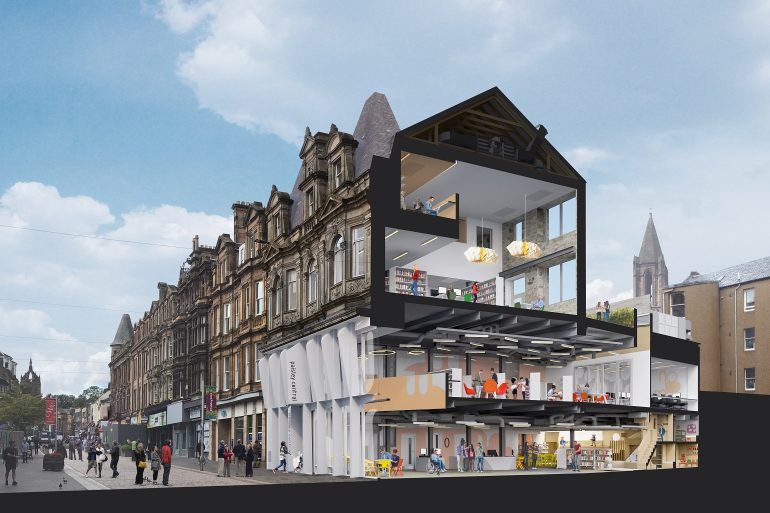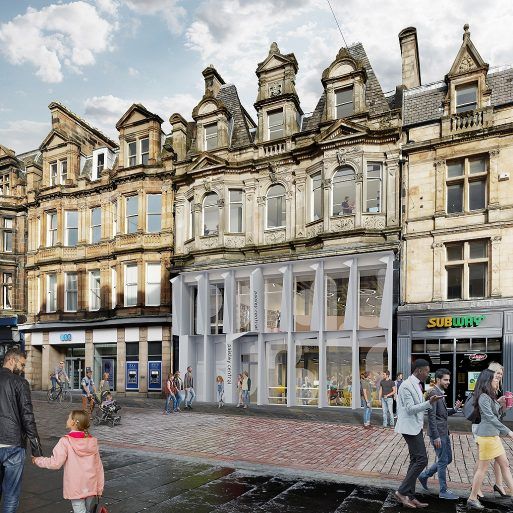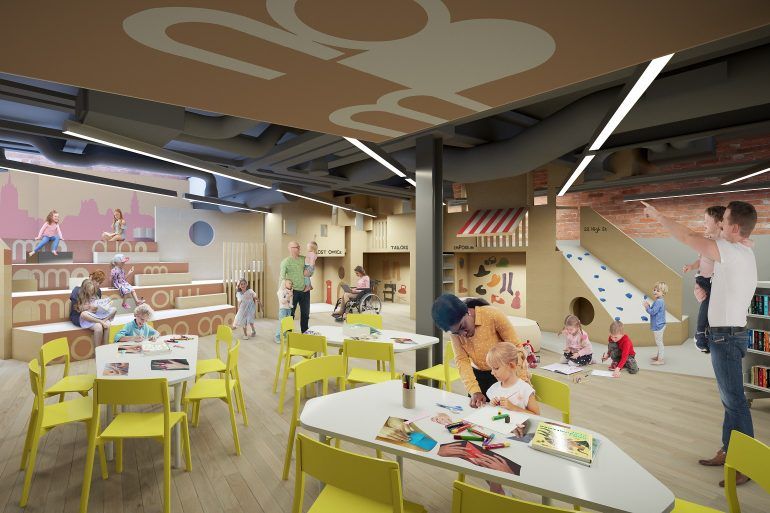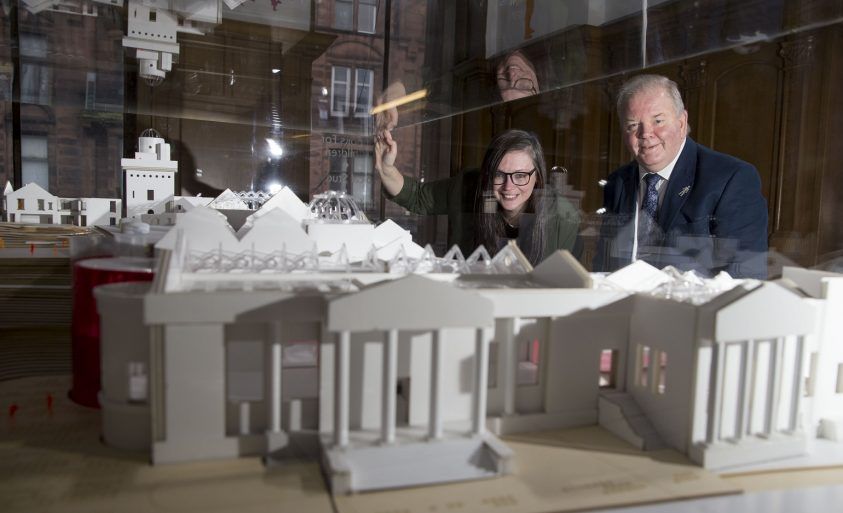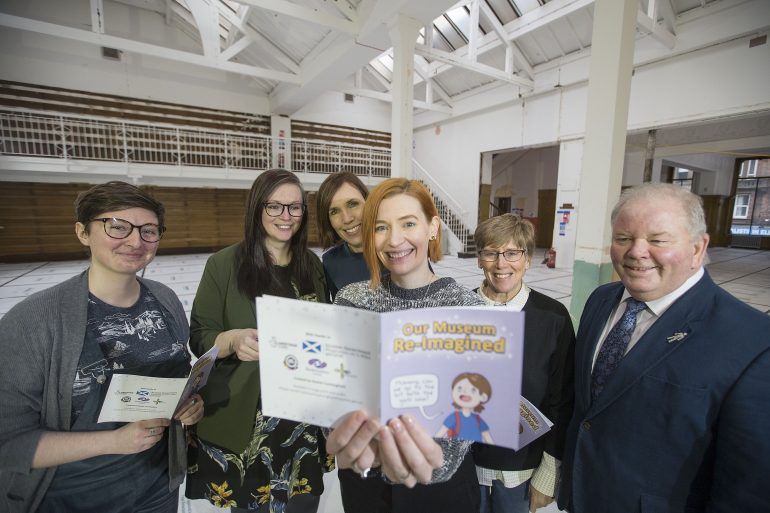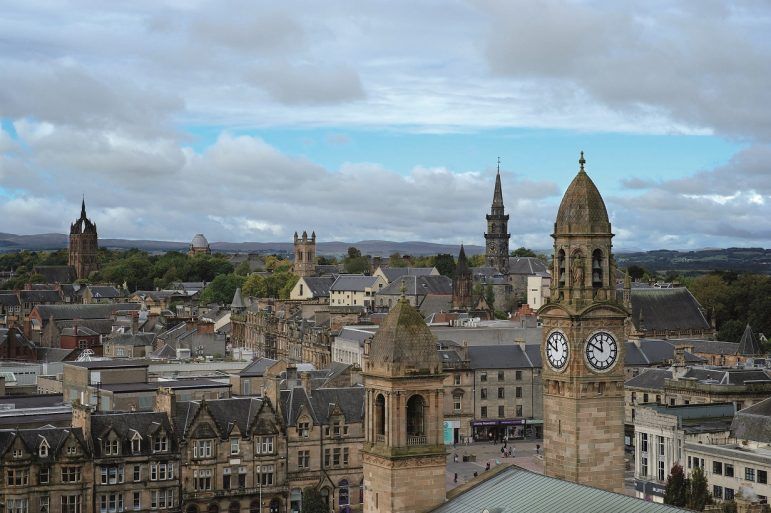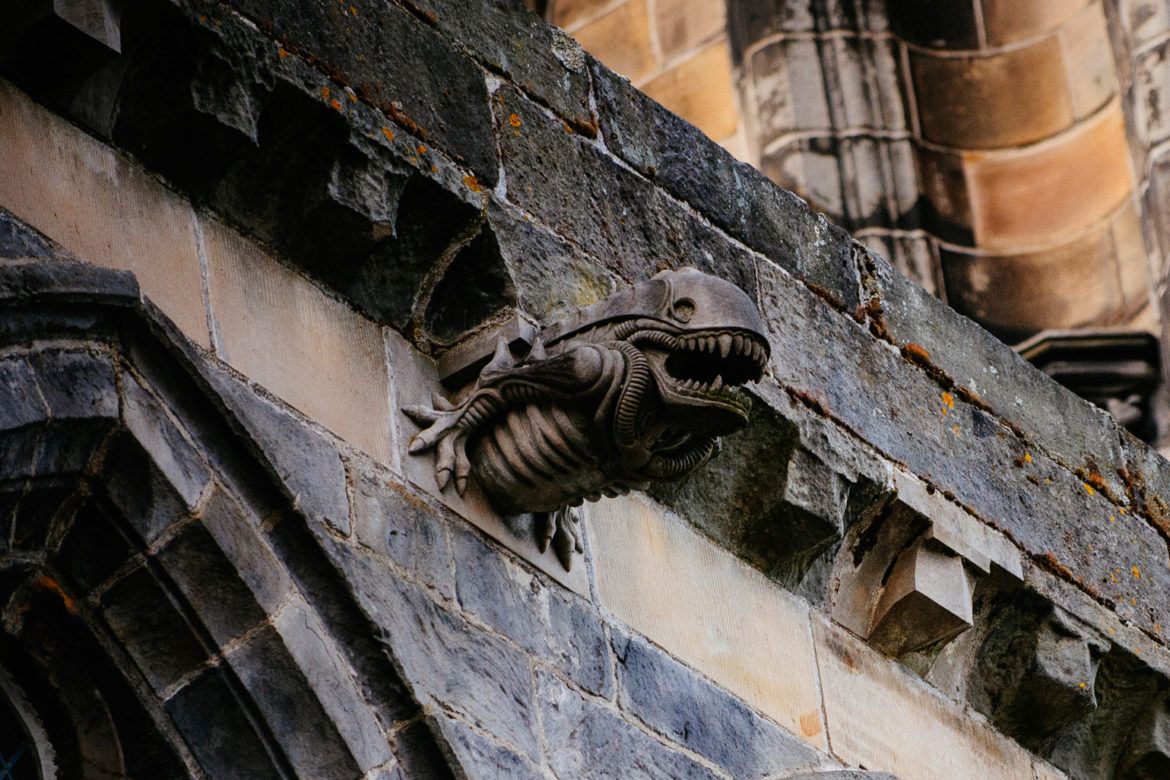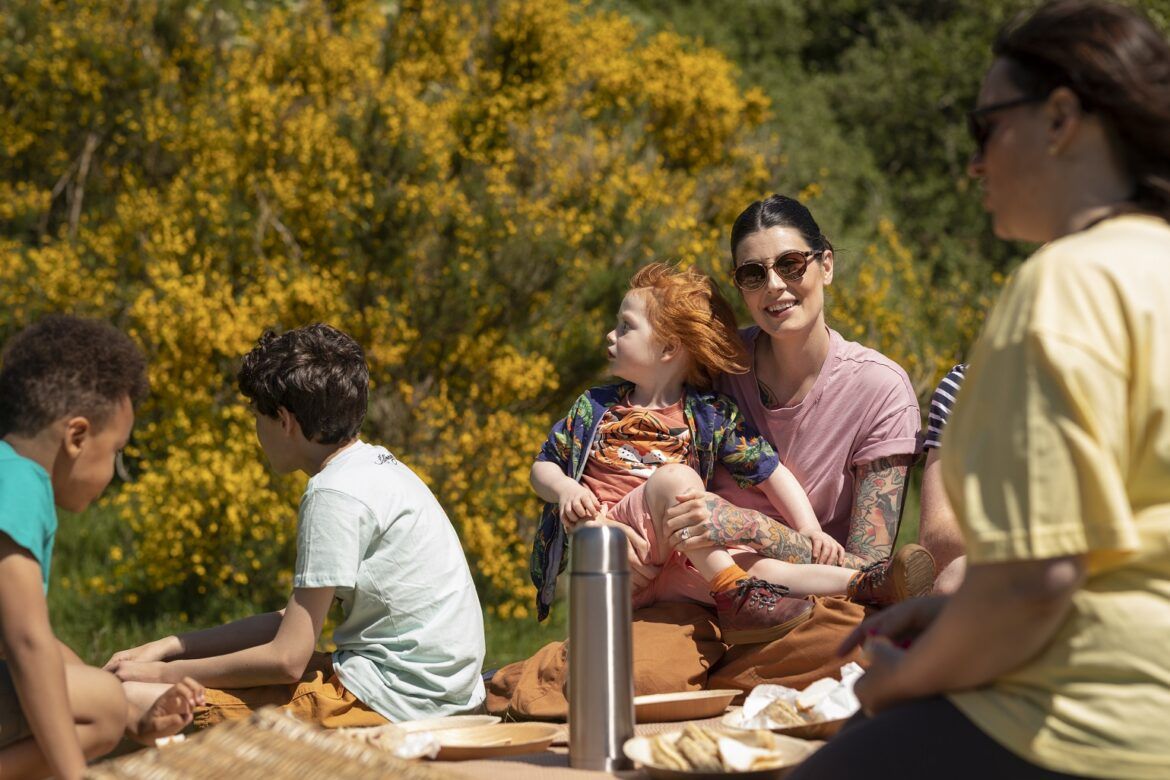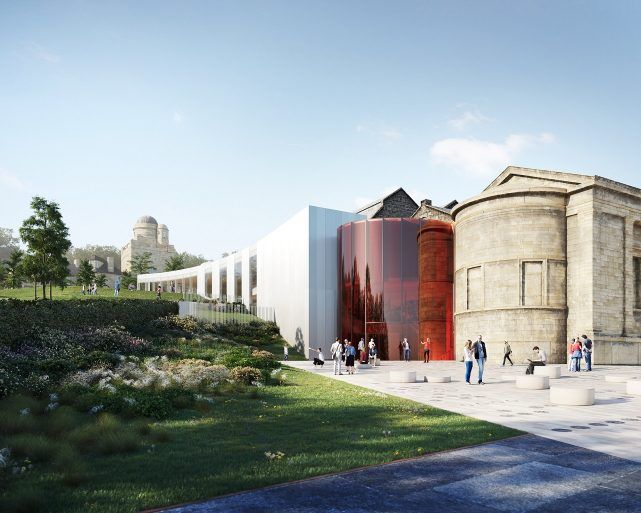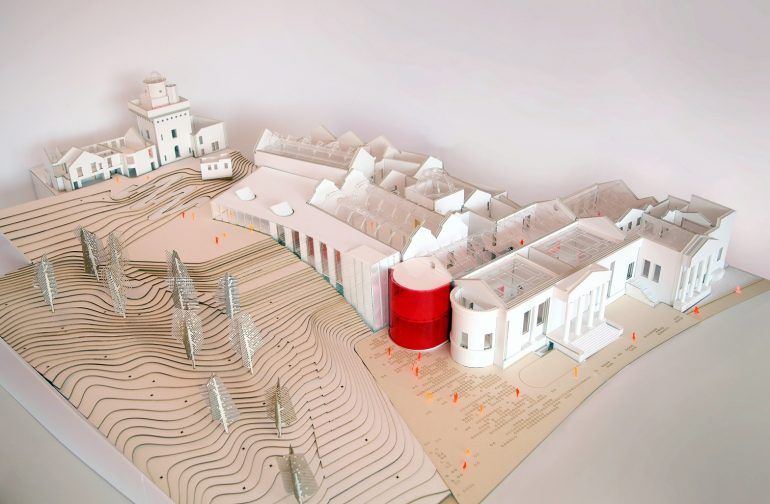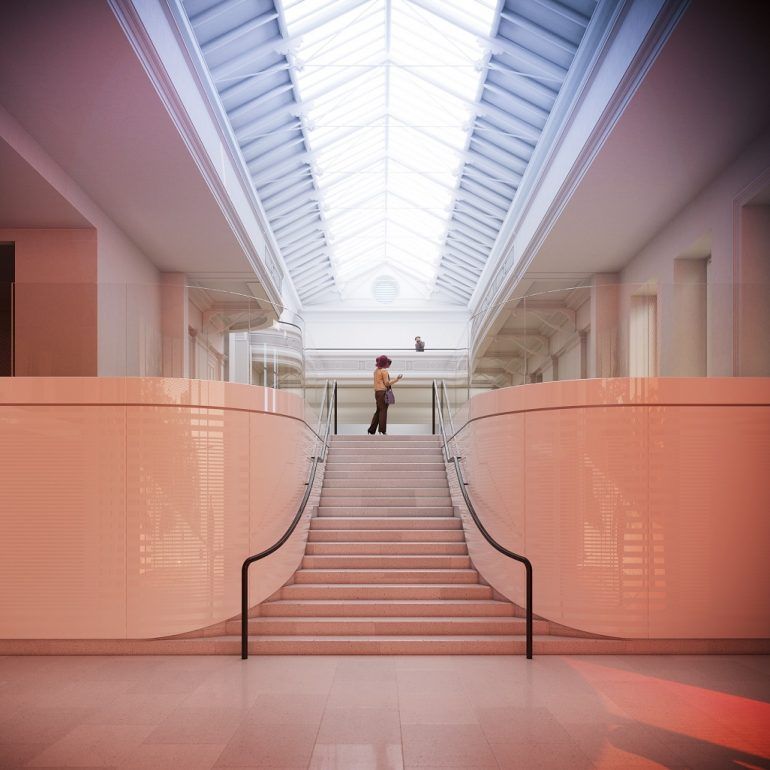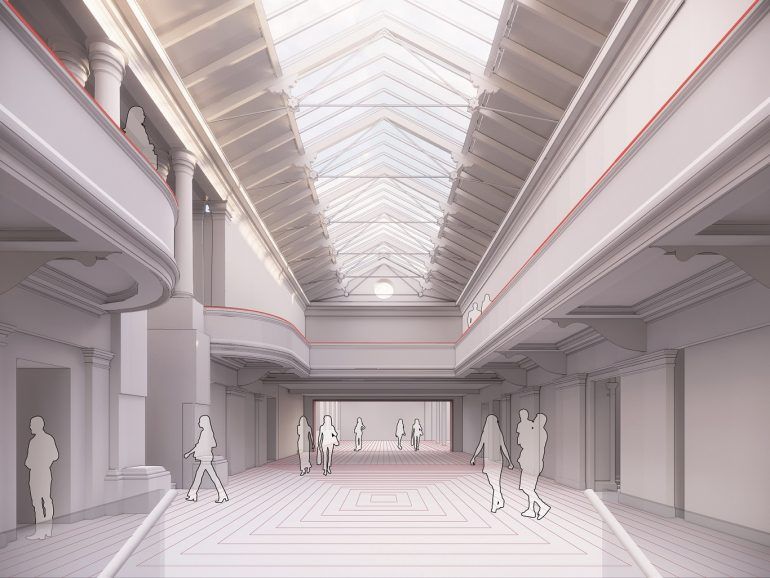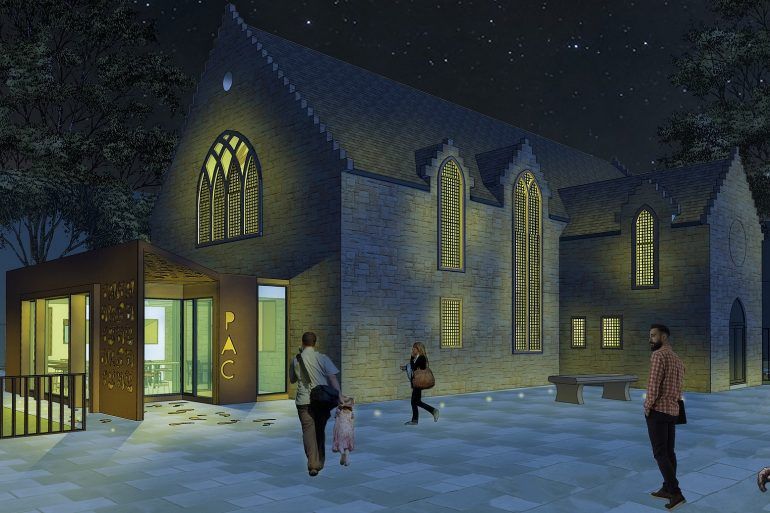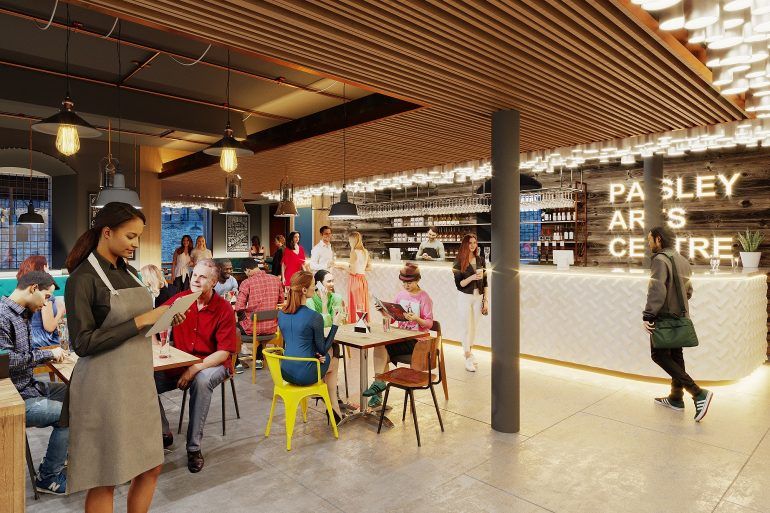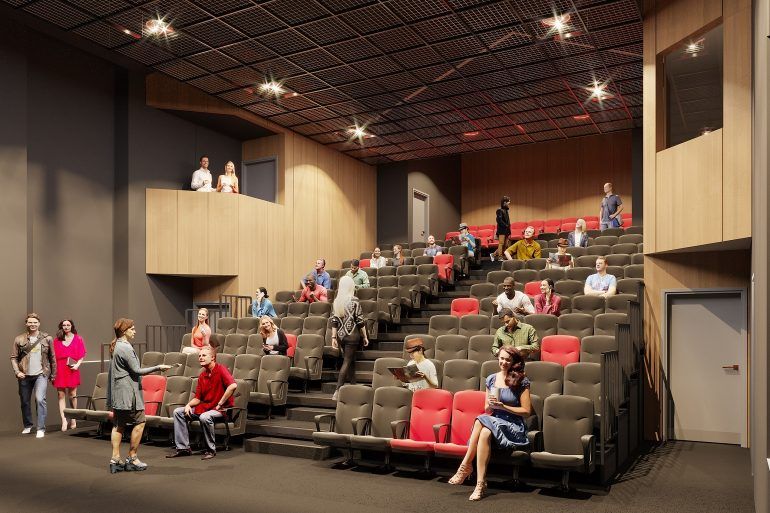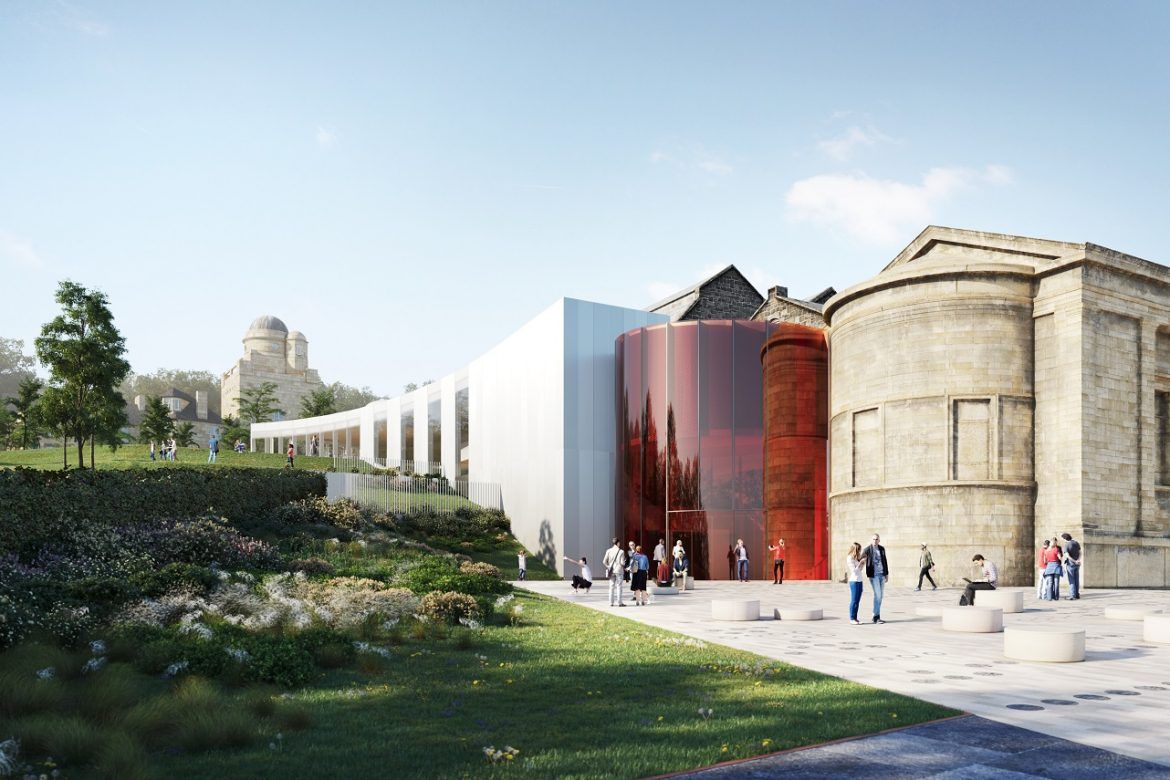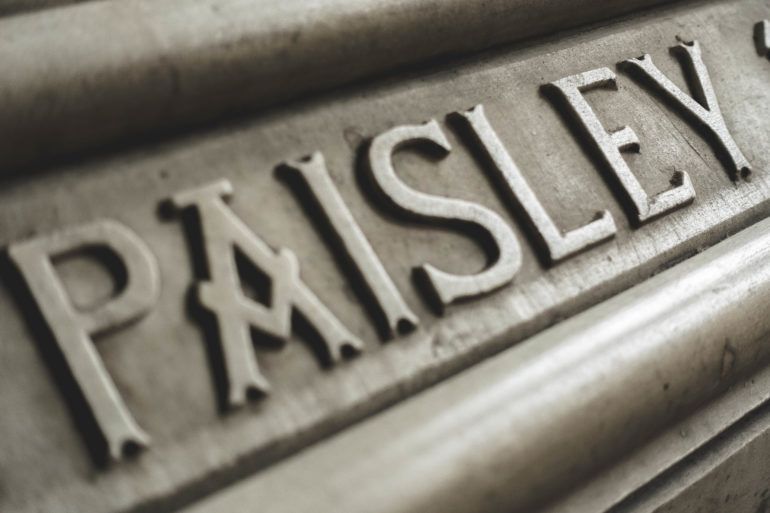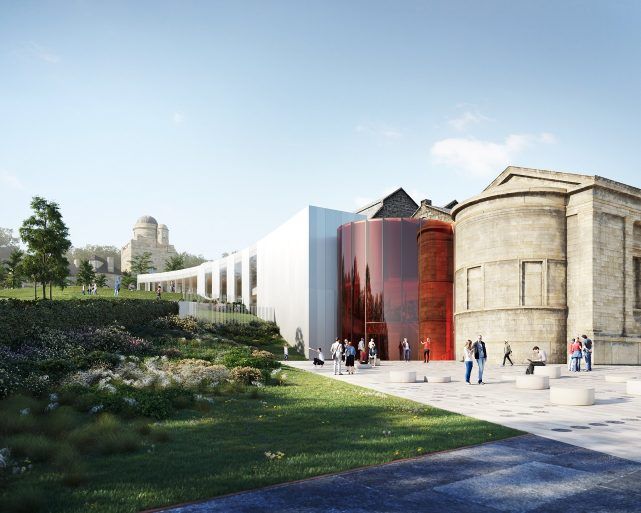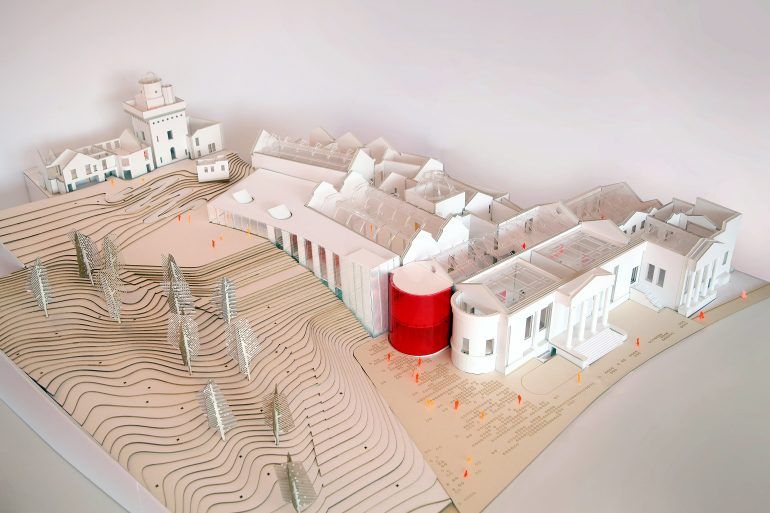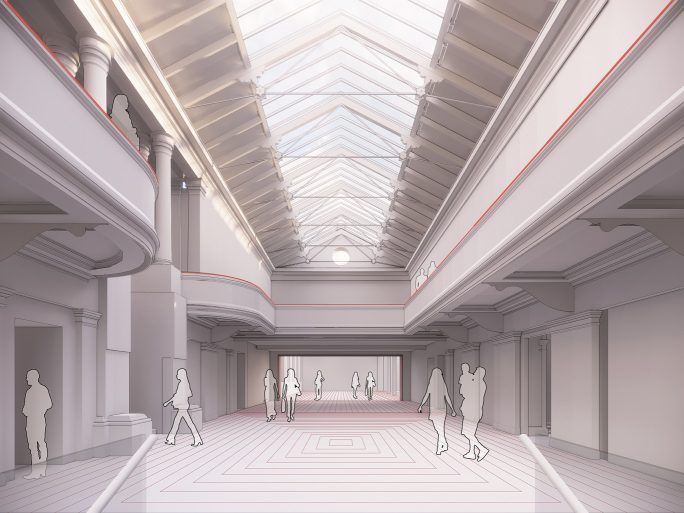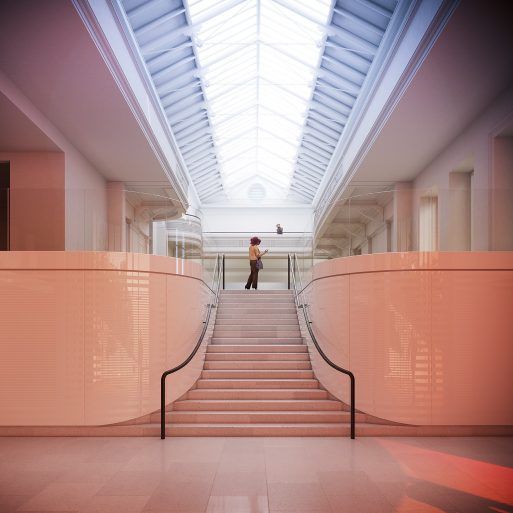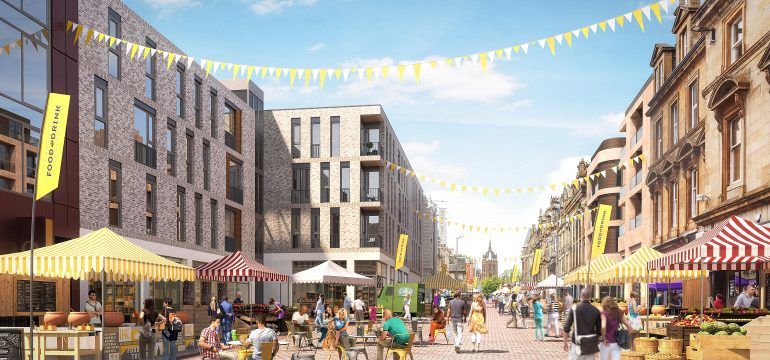
A first-of-its kind study with radical ideas for how Paisley town centre could look in a decade has been published – and aims to start a conversation about what might be possible in the town.
The ‘Vision for Paisley Town Centre 2030’ is the result of a unique link-up between Renfrewshire Council, the Scottish Government and Scotland’s Town Partnership – and uses Paisley as a test case for a series of bold ideas imagining how empty retail space could be better used
Aileen Campbell, Scotland’s Cabinet Secretary for Communities and Local Government, officially unveiled the report at an event in the town centre today.
The study – produced by Glasgow-based Threesixty Architecture – is based on the idea changes to the way people shop have left towns like Paisley with far more retail space than they need.
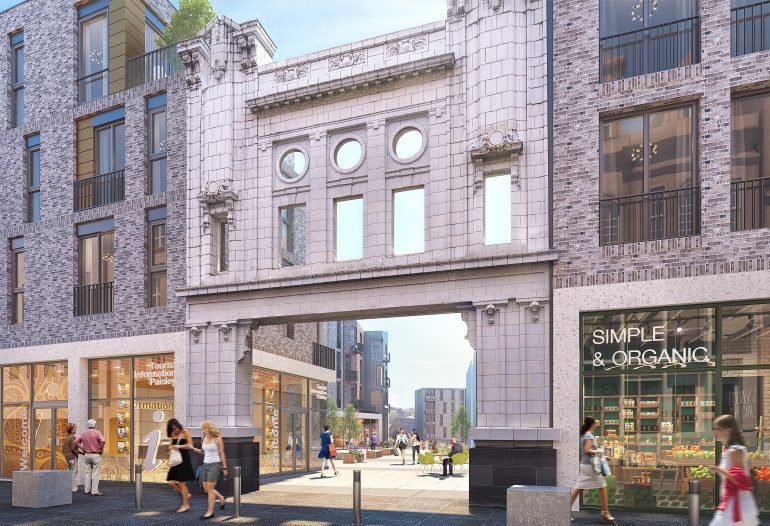
What ideas do the authors suggest?
The authors lay out a series of radical ideas for how the town could be rebalanced to better meet community need – bringing with it new life and footfall. Their suggestions include:
– introducing hundreds of new town centre residents, including repurposing the Paisley Centre shopping centre into a new residential quarter with ground-floor retail;
– new ‘attractors’ such as a High Street cinema, or European-style food hall housing independent food and drink businesses;
– bolstering remaining retail by concentrating it back on to the High Street and street-fronts;
– new public spaces for outdoor activity, and new lanes and streets creating new views and routes to ‘hidden’ parts of the town centre
– how key vacant historic buildings such as the Liberal Club, YMCA building and TA Building could be brought back into use;
– other ideas such as shared office spaces or makers’ spaces, a new hotel, and relocating parts of university and college campuses into the heart of the town centre;
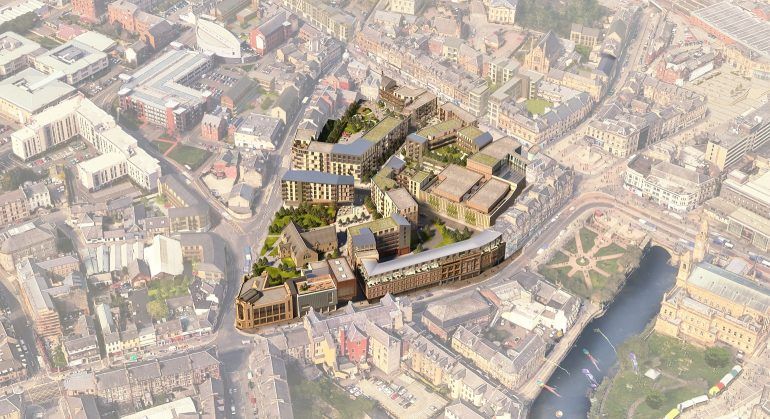
What’s already happening?
The contents of the report build on work already happening to use Paisley’s unique cultural and heritage story to transform its future through the Future Paisley programme, which aims to build on the momentum created by the town’s bid to be UK City of Culture 2021.
That includes a £100m investment in the town’s venues and outdoor spaces, including turning Paisley Museum into a world-class destination for the town’s internationally-significant collections, which last week saw £3.8m of funding confirmed from the National Lottery Heritage Fund.
Paisley is already finding new uses for vacant High Street spaces – construction will start soon to bring a formerly-empty retail unit back into use as a new learning and cultural hub housing library services, for which the first images have just been revealed.
That will build on the success of Paisley: The Secret Collection – the UK’s first publicly-accessible High Street museum store, which opened in 2017 – showing Paisley’s ambitions to put culture at the heart of its future high street are already being realised.
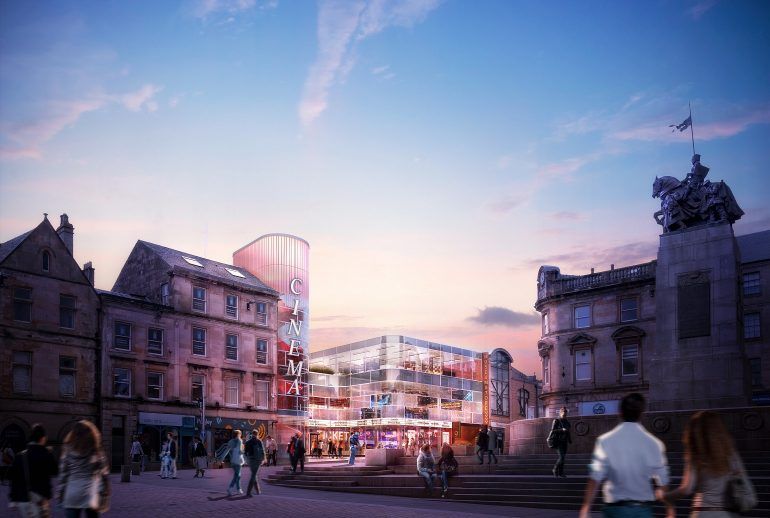
What are people saying about it?
Cabinet Secretary Aileen Campbell said: “This study represents another significant milestone in the regeneration of Paisley and is further evidence of the ambition and commitment of the local community and partners.
“A huge opportunity now exists to use this collaborative vision to create more positive change in the town, as well as sharing learning which can benefit other town centres and communities across Scotland.
“The Scottish Government will continue to work in partnership with local government to support the regeneration of our towns and high streets.”
Renfrewshire Council leader Iain Nicolson said: “The way people shop has changed forever, and towns everywhere are seeing the same issues with empty retail space.
“We can’t turn the clock back but we can consider how we could change to attract new life and footfall in future – and that’s what Paisley is doing.
“It’s important to stress these are not concrete plans – they are a set of ideas designed to spark a conversation about what might be possible over the next decade.
“Paisley town centre is already changing for the better – the number of new cafes and restaurants and new housing built in recent years shows it is recognised as a good place to live and invest.
“Current and future council investment will make Paisley even more attractive to the private sector, but change of the scale imagined by the Vision could not be achieved by the council alone – so we want to hear from developers who could make that next stage of the journey happen.”
Colette Cardosi, chair of town centre business improvement district Paisley First, added: “In recent years, Paisley has found itself firmly back on the map with fantastic events for visitors and a growing number of independent businesses.
“However, like many towns throughout the country, we need to continuously adapt and evolve and Paisley First welcomes collaboration on any long-term strategy for the future which can help bring in new investment and new footfall to local businesses in Paisley town centre.”
Phil Prentice, chief officer of Scotland’s Towns Partnership, added: “Paisley has a rich tapestry of heritage and culture, is steeped in industry and tradition, and has many major assets.
“We hope this exciting blueprint can create a high street fit for 21st century citizens and Paisley can become an exemplar for other large towns across Scotland.”
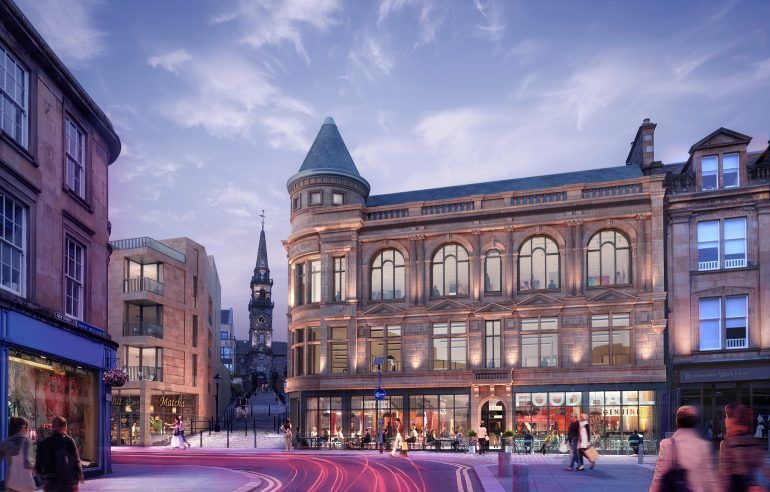
Alan Anthony, managing director of Threesixty Architecture, who authored the Vision, said: “This study shows a people-first approach that reconnects the whole community to their town centre.
“We have an unprecedented opportunity to rebalance our High Street back to a place with a rich mix of uses. As a lifelong Paisley Buddy, it’s exciting to think Paisley could lead the way on town centre regeneration in Scotland.”
Brian Clark, managing director of Park Lane Developments, said: “We believe Park Lane’s partnership with Renfrewshire Council on the regeneration of the former Arnotts department store has already shown the way for how the public and private sector can work together to transform a town centre site.
“That project has already delivered 67 completed private and social rented housing along with the welcome addition of the Pendulum restaurant. The final phase is just about to go for planning and will bring an additional 70 new homes.
“The site was derelict for 10 years and is now back in beneficial use bringing new residents and activity back into the town centre – and shows the potential that exists in Paisley as a place to live and invest.”
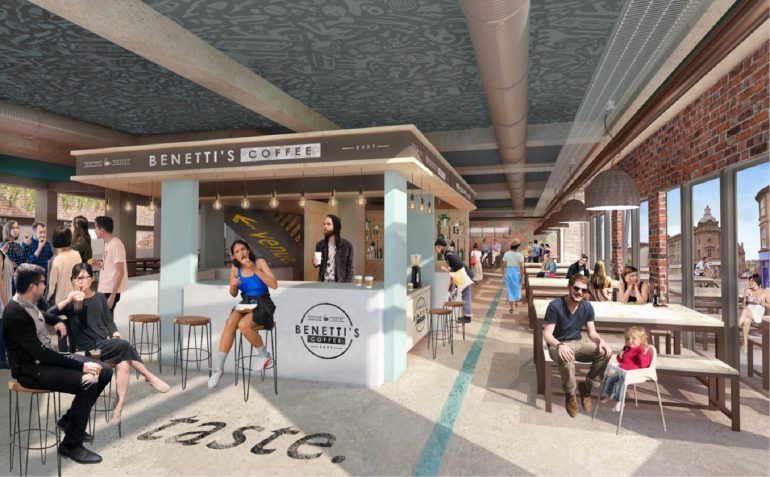
The idea for a High Street cinema is already being taken forward by a local group – the Paisley Community Trust – who, with support from the council, are developing their own plans to convert an existing building for that purpose.
Gary Kerr, chair of the Paisley Community Trust, said: “”It’s exciting to see such a transformational and radical vision for Paisley’s future revealed. Paisley Community Trust fully back this new vision for Paisley and we congratulate Threesixty Architecture on producing a superb piece of work.
“It’s particularly encouraging to see cinema at the forefront of the vision. This completely aligns with our current plans to bring cinema back to the heart of our town.
“We believe a cinema by and for our community is a vital first step in realising the wider vision for regeneration in the town centre. It’s Project One if you like.
“We’ve been working behind the scenes on it for a while now and will reveal more details very soon. We also look forward to seeing the other concepts from the vision being explored and developed into regeneration projects of their own in the years ahead.”
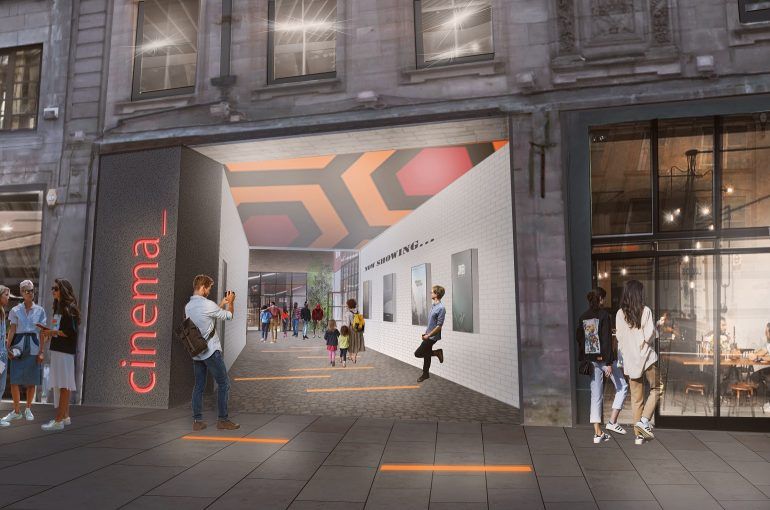
How can you have a say on the ideas?
The Paisley Vision was produced after gathering feedback from key local partners – including community groups, businesses, educational establishments and private developers.
Residents and businesses have the chance to see and give their views on the Paisley Vision plans for themselves at a public exhibition open in POP (the former Post Office) in the town’s Piazza shopping centre – on Friday 24 (1 to 4.30pm), Saturday 25 (9.30am to 4.30pm) and Monday 27 January (9.30am to 3pm).
The full report can also be viewed online (link opens in a new tab), along with a Q&A which goes into more details on the ideas it contains and what happens next.
